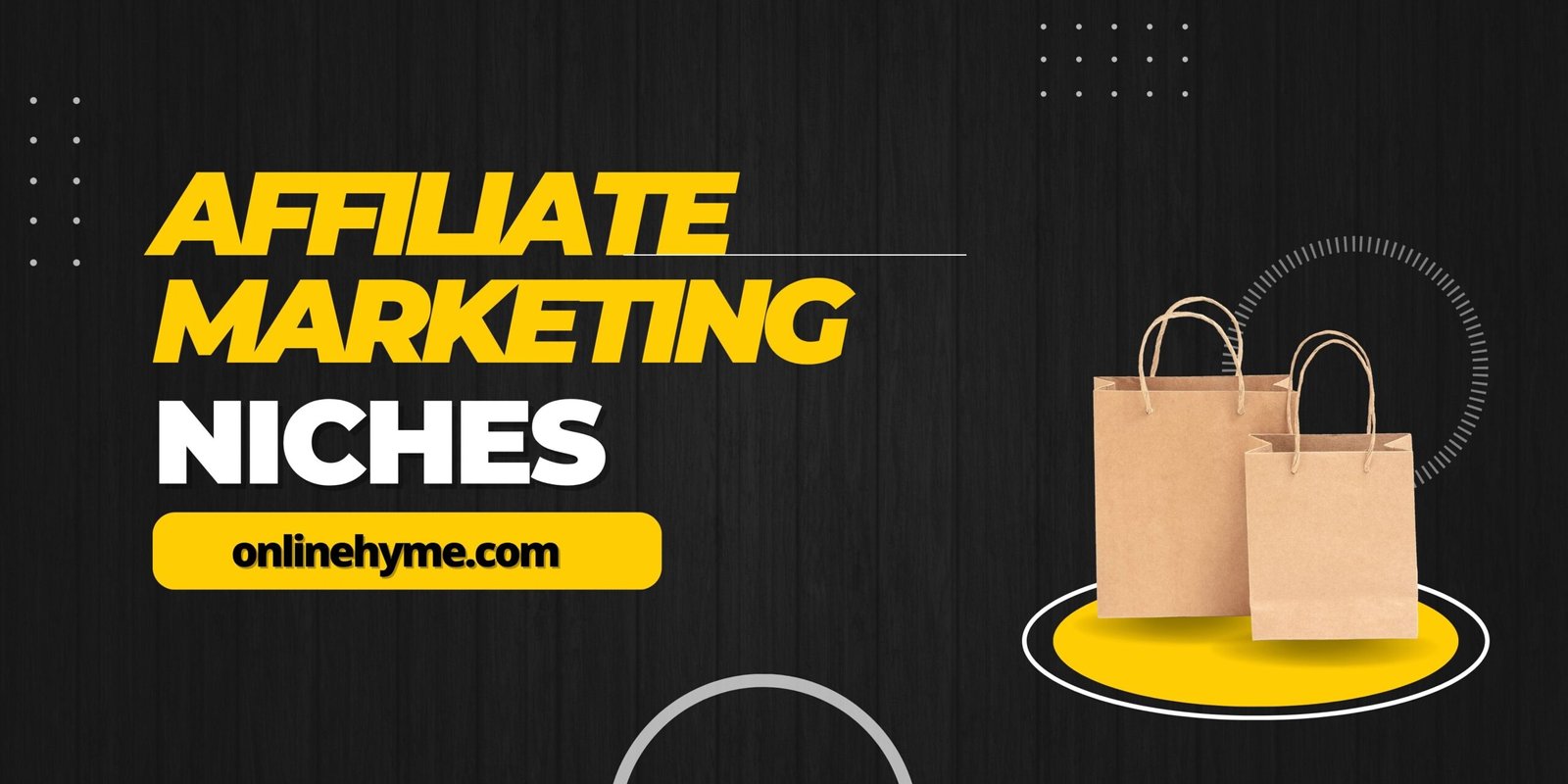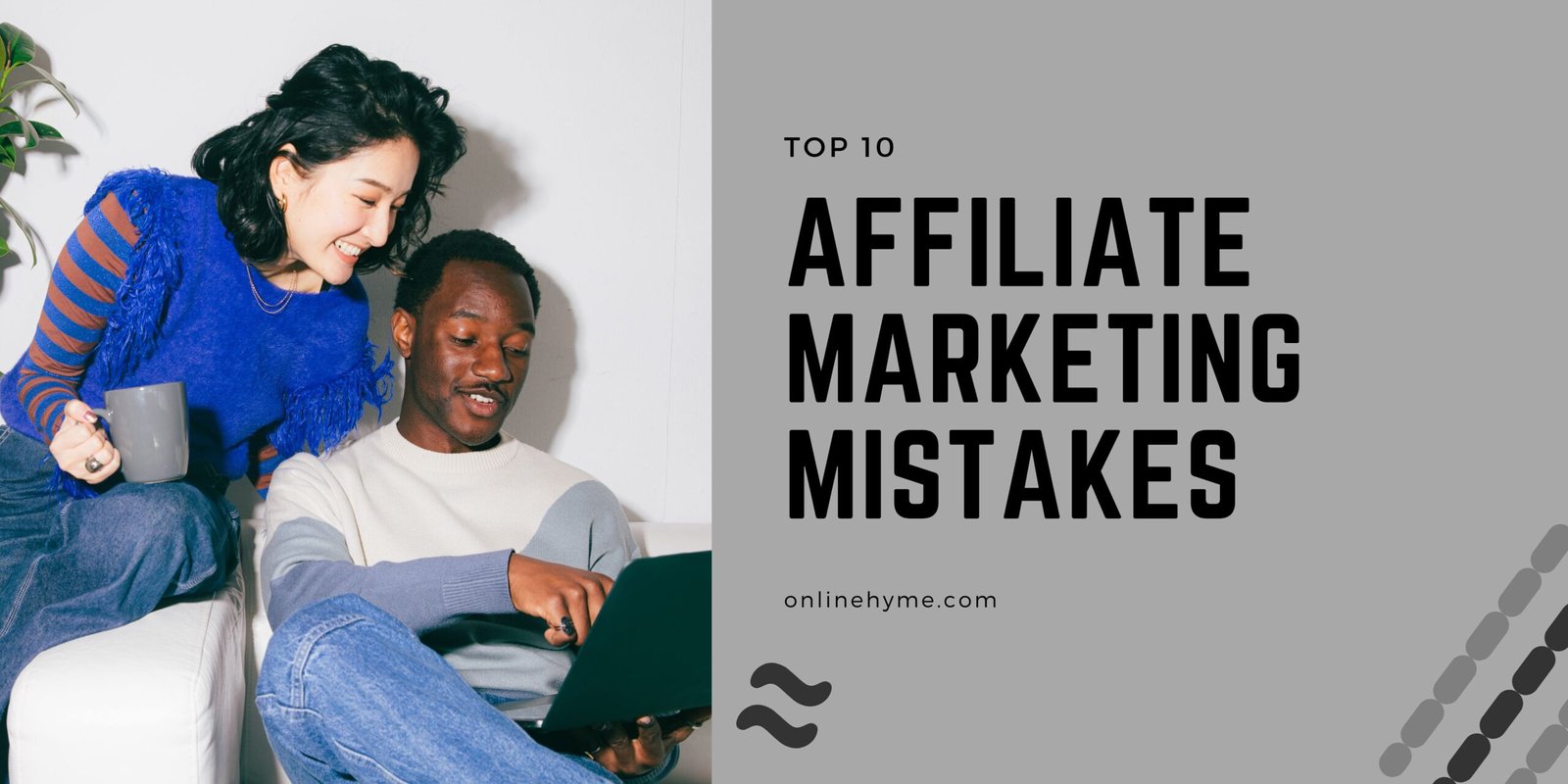
The digital marketing funnel serves as a virtual roadmap, guiding potential customers through various stages from initial awareness to the ultimate goal of making a purchase.
This article explores the key stages of the digital marketing funnel and how businesses can strategically engage with their audience at each level to maximize conversions.
The Stages of the Digital Marketing Funnel:
1. Awareness Stage (Top of the Funnel – TOFU):
At the top of the funnel, the primary goal is to create brand or product awareness. This stage involves introducing your offerings to a wider audience through various digital marketing channels.
This may include social media, search engine optimization (SEO), content marketing, and online advertising. The objective is to capture the attention of potential customers and make them aware of your brand.
2. Interest and Consideration Stage (Middle of the Funnel – MOFU):
As potential customers move through the funnel, they enter the middle stage where they express interest and consideration. During this phase, individuals are likely to visit your official website or social media platforms to gather more information about your products or services.
Factors influencing their decision may include website speed, competitor prices, shipping fees, and overall user experience. It’s crucial for businesses to provide compelling content and address potential concerns to encourage continued engagement.
3. Conversion Stage (Bottom of the Funnel – BOFU):
The bottom of the funnel represents the final stage where potential customers are ready to make a purchase decision. To facilitate conversion, businesses should offer incentives such as better deals, discounts, or quick delivery options.
This stage is about sealing the deal and turning potential customers into satisfied clients. Utilizing effective call-to-action (CTA) strategies and personalized offers can significantly increase the chances of conversion.
Understanding Business-Specific Funnels:
Depending on the nature of the business, digital marketing funnels can be categorized into three distinct levels, each catering to specific goals and customer interactions.
1. Top of the Funnel (TOFU) – Awareness Stage:
– Objective: Increase brand visibility.
– Strategies: Employ multiple digital marketing channels like social media, SEO, and online advertising.
– Focus: Capture the attention of a broad audience.
2. Middle of the Funnel (MOFU) – Interest and Consideration Stage:
– Objective: Engage potential customers who have shown interest.
– Strategies: Provide detailed information on your official website, address concerns, and showcase unique selling points.
– Focus: Convert interest into consideration and guide potential customers toward a purchasing decision.
3. Bottom of the Funnel (BOFU) – Conversion Stage:
– Objective: Convert potential customers into actual clients.
– Strategies: Offer incentives, discounts, and ensure a seamless purchasing process.
– Focus: Finalize the sale and establish customer loyalty.
Conclusion
The digital marketing funnel is a dynamic tool that enables businesses to strategically guide potential customers through various stages, ultimately leading to conversions.
By understanding the distinct objectives of each funnel level and tailoring strategies to meet customer needs, businesses can optimize their digital marketing efforts, enhance customer engagement, and increase the likelihood of successful conversions.









This Post Has One Comment